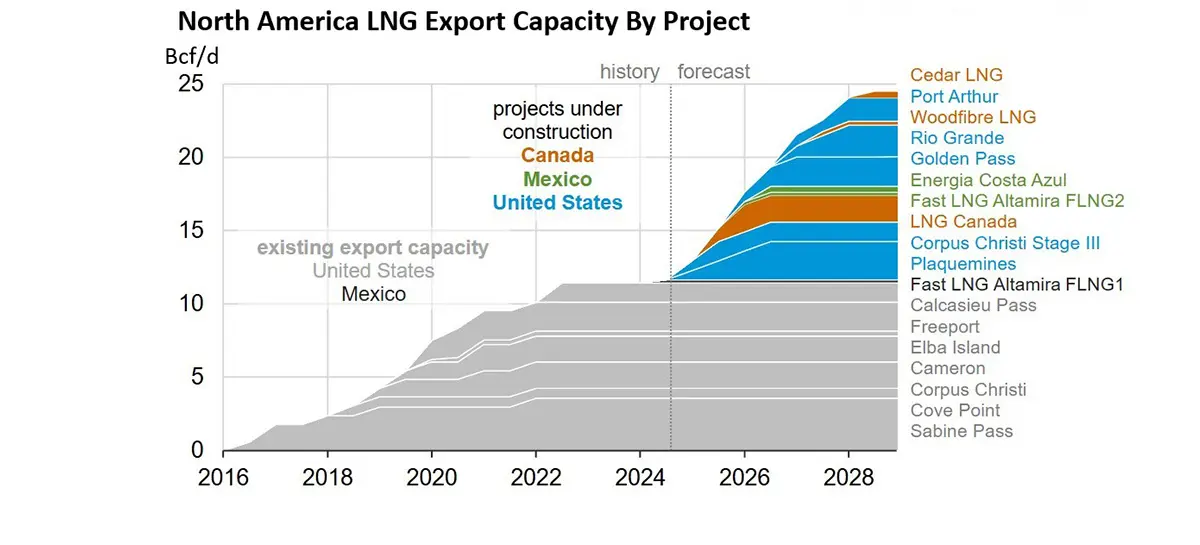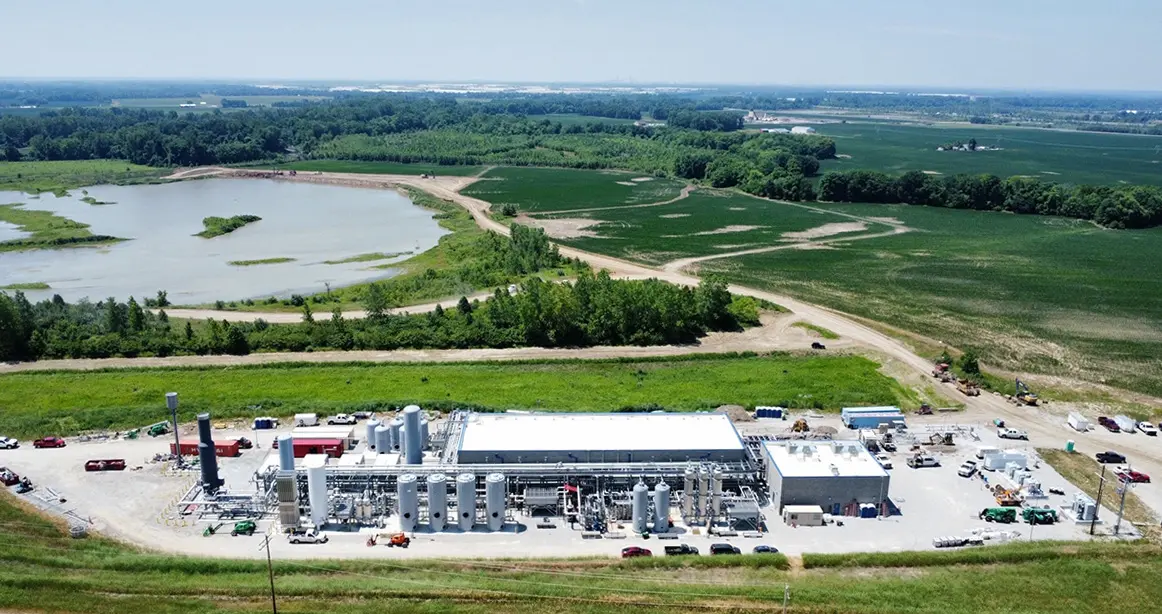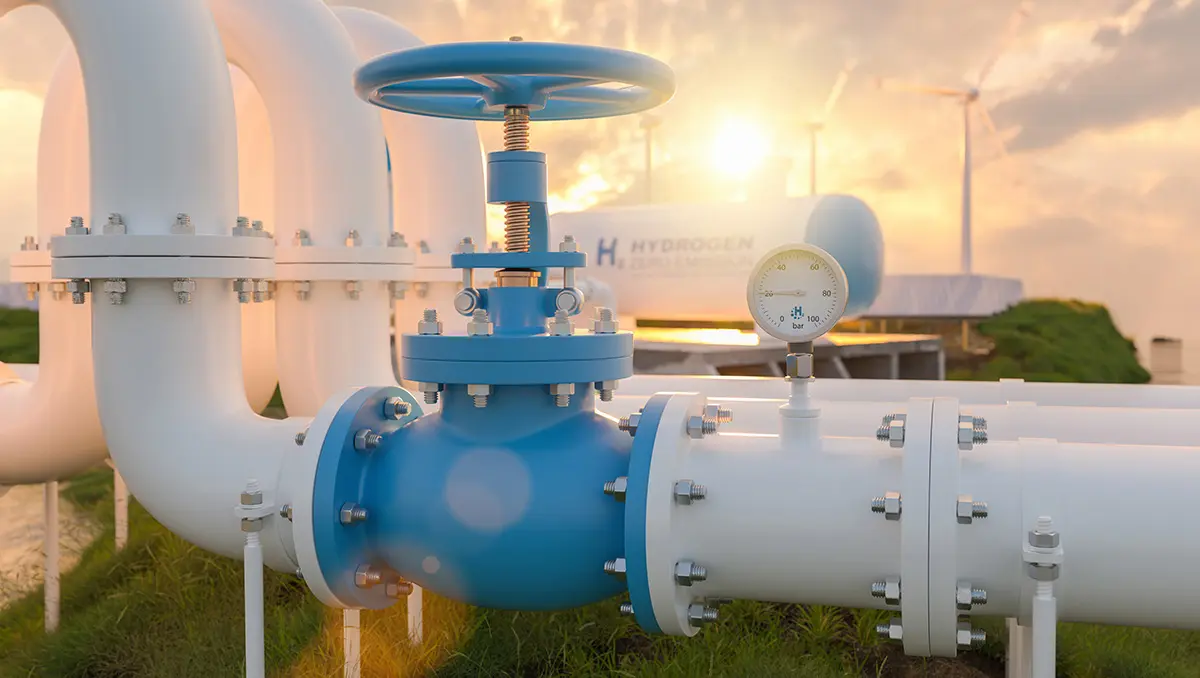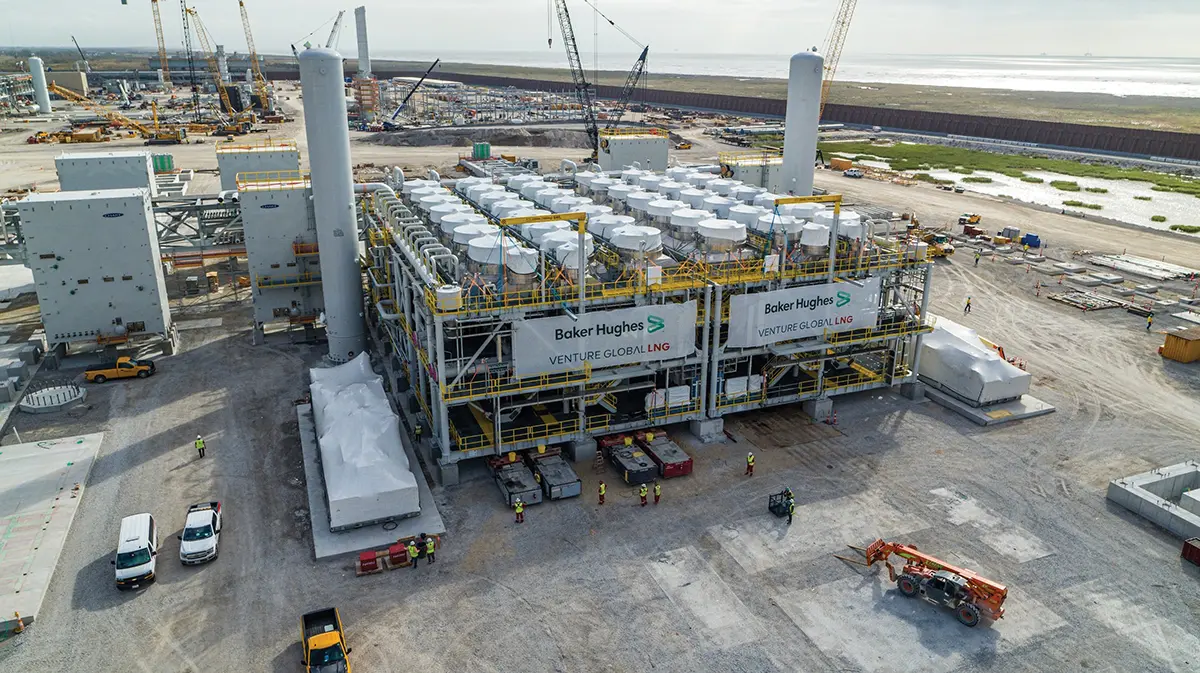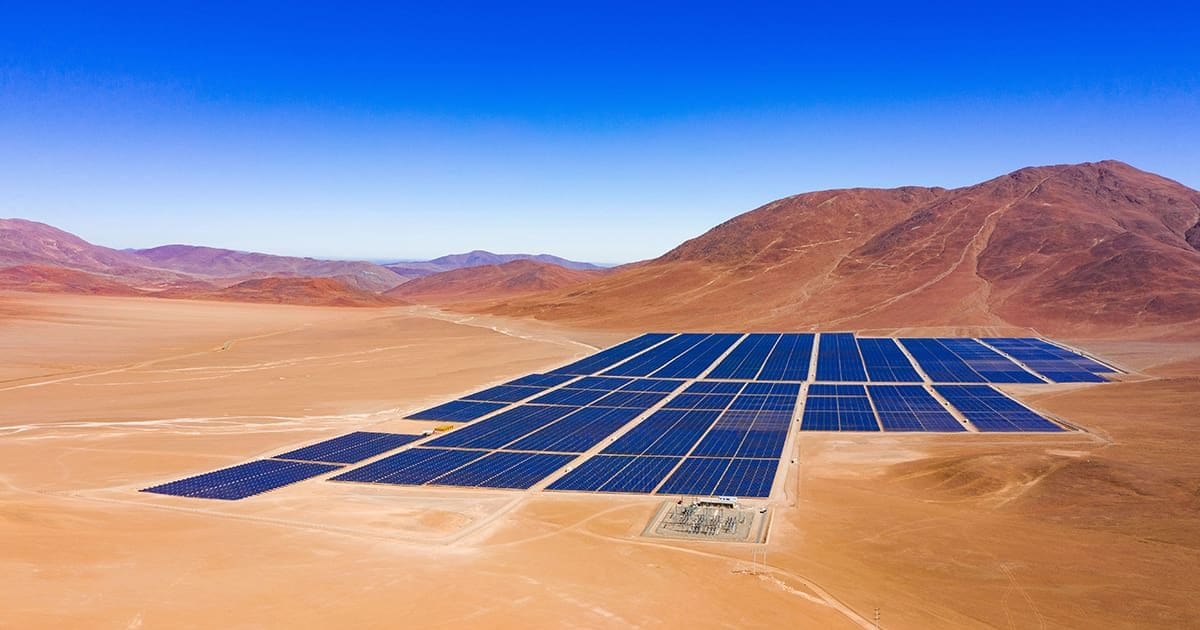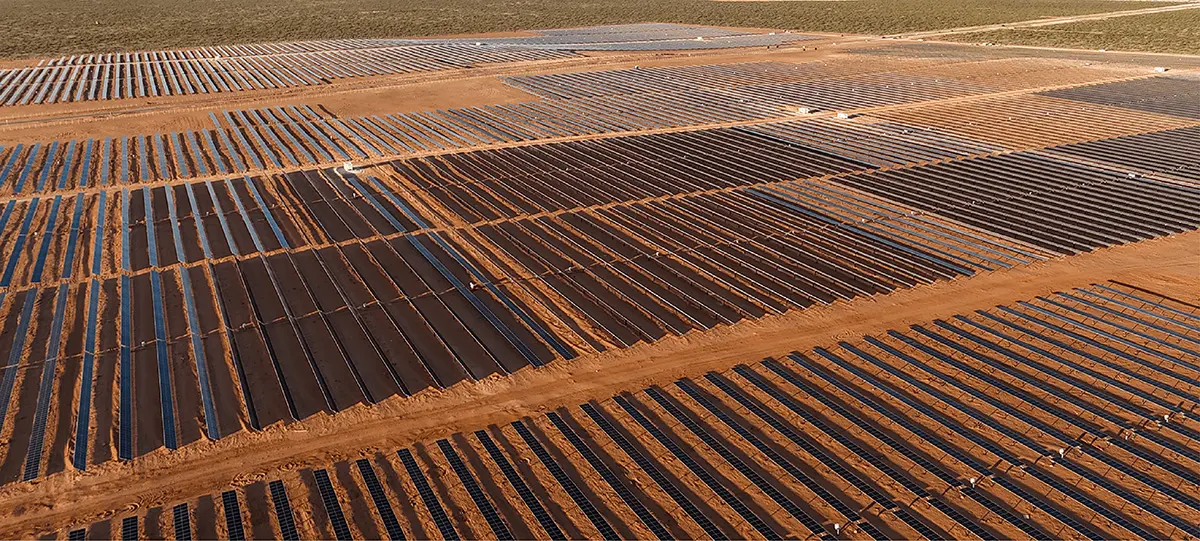
NextEra Energy Resources Funds Alabama’s First RNG Project, Acquires US$1.1 Billion In Landfill Gas-To-Electric Facilities
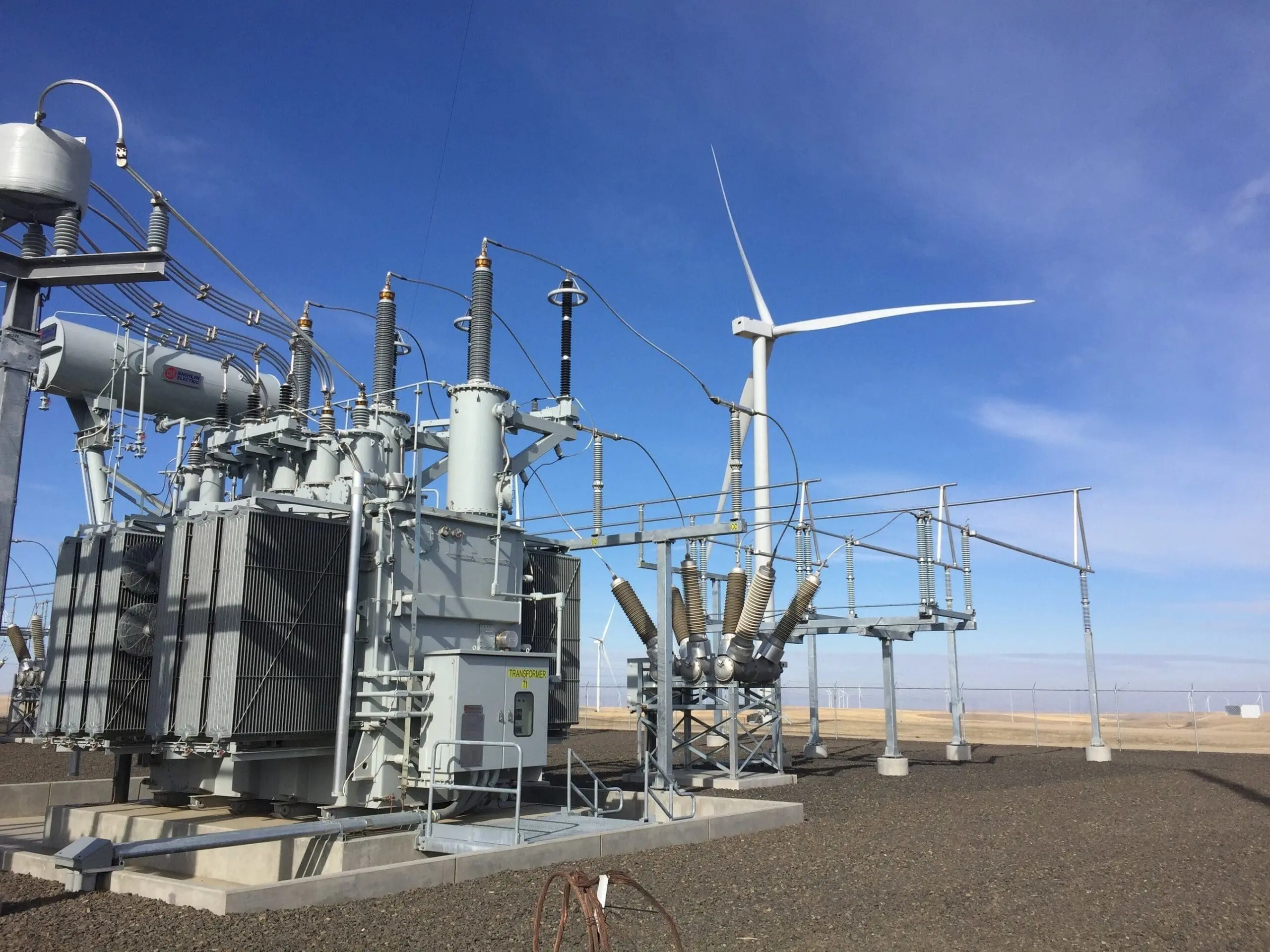
NextEra Energy Resources (NEER), a subsidiary of NextEra Energy (NextEra), has partnered with Coffee County, Alabama, and Southeast Gas to build the first landfill renewable natural gas (RNG) production facility in Alabama. All gas produced by the project will be sold to Southeast Gas under a long-term contract. “We’re pleased to be working with Coffee County on this innovative project,” said Rebecca Kujawa, president and chief executive officer of NEER. “This project is consistent with our belief that a substantial, and economic decarbonization of the electricity, industrial, and transportation sectors is possible, which represents a significant investment opportunity in the coming decades.”
Coffee County Sanitary Landfill Background And Upgrade Plans
According to the US Environmental Protection Agency (EPA), the Coffee County Sanitary Landfill has 4.21 million tons (3.82 million tonnes) of waste in place. The site collects and flares 0.723 MMscf/d (20,473 m3/d) of landfill gas (LFG). NEER and Coffee County plan to upgrade the Coffee County Sanitary Landfill by building a new RNG production facility. The facility will have the capacity to capture 1.584 MMscf/d (44,854 m3/d) of LFG and convert it into RNG. On an annual basis, the facility’s LFG to RNG capacity is 18,188 tons (16,500 tonnes). NEER estimates that the Coffee County RNG project will create 50 to 60 construction jobs.

NEER and Coffee County are still waiting on a permit from the Alabama Department of Environmental Management. The project is expected to begin construction Q2 2023 and be operational in early 2024. A subsidiary of NextEra Energy Marketing LLC will serve as project owner, while Coffee County will operate the project.
Turning LFG into useful RNG will not only unlock a new revenue stream for the players involved, but it will also lower emissions for the plant. However, it’s worth mentioning that flaring LFG is better than flaring pure methane. LFG is made up of methane gas, carbon dioxide, oxygen, and balance gas.
According to the Coffee County Commission, the Coffee County Landfill voluntarily installed an active LFG collection system in 2009. Thirty vertical wells were installed into existing municipal solid waste cells. These wells extract LFG, which is piped to a main collection header and its flare. Blowers, which create a vacuum, pull the LFG from the vertical wells to the collection header and flare. After the initial 30 vertical wells installation, 18 additional wells were installed over multiple construction phases. The Coffee County Commission estimates that the 48 vertical wells have depths that range from 12 to 88 ft. (3.7 to 26.8 m).
NextEra’s Evolving Energy Mix
NextEra is the largest renewable energy operator in the world. The combined market capitalization of publicly traded US-based regulated electric utilities is roughly US$1 trillion. NextEra has a market cap of more than US$150 billion. A little more than 20 years ago, its market cap was just US$10 billion. The company has arguably the most ambitious decarbonization goals of any US-based utility. Wind and solar energy make up the bulk of its portfolio. However, NextEra continues to ramp spending and development of RNG and hydrogen projects.
As of March 31, 2022, NextEra operated a staggering 61 GW of electricity generation assets. For context, the entire utility-scale electricity generating capacity of the United States at the end of 2021 was 1143.8 GW, according to the US Energy Information Administration. Put another way, NextEra generates or operates more than 5% of the electricity on the grid.
NextEra Energy operates two main business units — Florida Power & Light (FPL) and NEER. FPL is the largest electric utility in Florida, serving around half of the state’s population. Meanwhile, NEER operates renewable projects in 26 US states and four Canadian Provinces and has a wide range of customers. Projects that fall outside of Florida, like the Coffee County RNG Project, tend to be owned or operated by NEER.
In 2005, FPL’s energy mix was 42% natural gas, 19% nuclear, 18% oil, 16% purchased power, and 5% coal. In 2021, natural gas increased to 67%, nuclear was 20%, coal was only 3%, purchased power was just 6%, and solar was 4%. By 2031, FPL forecasts natural gas to drop to 60%, nuclear to slightly decrease to 19%, purchased power to decrease to just 2%, and solar to increase to 19%. By 2045, FPL forecasts 83% of its portfolio will be solar, battery storage, and green hydrogen, while 16% will be nuclear and 1% will be RNG.
FPL’s current capacity sits at around 33 GW. Its decarbonization plan doesn’t just involve converting fossil fuel sources to renewable energy. Rather, it also plans on more than quadrupling its total installed capacity. FPL believes it has a 160-GW opportunity ahead of itself, split into 92 GW of new solar capacity, 50 GW of new battery storage capacity, and 16 GW of green hydrogen capacity. FPL is wasting no time getting ahead on its goals. It has earmarked US$32 billion to US$34 billion in capital expenditures between 2022 and 2025.

NEER’s existing portfolio sits at around 28 GW, 20 GW of which is wind energy, 4 GW is solar energy, 2 GW is nuclear energy, and 2 GW is natural gas/oil. It added more than 2 GW of renewable and storage to its backlog in Q2 2022 alone. Originations from 2022 to 2025 are expected to be between 27.7 and 36.9 GW, around half of which is solar, a third is wind, and the rest is energy storage and wind repowering. In sum, NEER is currently the largest renewable energy operator in the world and should continue to hold its pole position for years to come.
Between 2019 and 2021, NextEra placed 17.2 GW into service. According to NextEra internal estimates based on publicly available information, NextEra contributed the 5th most capital into the US economy of any company in 2021.
RNG’s Growing Role In NextEra Energy’s Development Portfolio
RNG plays a minor role in NextEra’s existing energy transition plans. However, the launch of the Coffee County RNG project, in addition to recent acquisitions, indicate that RNG could be a larger investment than the company initially thought.
On October 28, NEER announced agreements to acquire a large portfolio of operating LFG-to-electric facilities. “Through these transactions, NEER expects to expand its portfolio of RNG assets and its in-house capabilities in this growing market,” said NextEra Energy in a statement. “NEER intends to purchase the portfolio for a total consideration of approximately US$1.1 billion from the owners of Energy Power Partners Fund I L.P. and North American Sustainable Energy Fund L.P., funds managed by Energy Power Partners, subject to closing adjustments, plus the assumption of approximately US$37 million in existing project finance debt estimated at the time of closing. In its base case, NextEra Energy Resources expects that the acquired portfolio will deliver more than US$220 million of adjusted earnings before interest, taxes, depreciation, and amortization [EBITDA] by 2025. Subject to regulatory approvals, the acquisition is expected to close in early 2023.”
“In the coming years, we expect to invest roughly US$400 million net of the investment tax credit benefit of additional capital into the portfolio of projects, primarily to enable production of RNG,” said Kirk Crews, executive vice president and CFO of NextEra Energy on the company’s Q3 2022 earnings call. “In our base case, we expect that the acquired portfolio delivered more than US$220 million of adjusted EBITDA at Energy Resources by 2025, which is included in our financial expectations. Moreover, the acquisition is expected to deliver double-digit returns. We are particularly excited about additional upside opportunities the portfolio may enable that are not included in our base case and look forward to potentially deploying additional capital and new ventures that may qualify for new federal incentives.”
Based on NextEra’s recent announcement and its managements’ commentary, the Coffee County RNG project could serve as a way for NEER to build experience so it can better fund, develop, and operate future RNG projects. NextEra noted that the US$1.1 billion acquisition includes more than 30 existing projects that operate LFG, electricity, or RNG. “In our base case, we are converting a number of those facilities from LFG, to electricity, to RNG,” said Kujawa on the NextEra Energy Q3 2022 earnings call. “So, it does include the investment that we referenced in the prepared remarks of about US$400 million in order to convert them to produce RNG. One of the reasons why we’re really excited about the transaction, though, is there’s a lot of optionality in it, and some of which was afforded in the Inflation Reduction Act (IRA). One is these projects now qualify for an investment tax credit, which obviously enhances the economics of the conversions. There’s also the opportunity to support the further decarbonization or the improving of carbon intensity for blue hydrogen, which opens a whole new market for RNG that we think is going to be very attractive to blue hydrogen producers to enable the full value of the production tax credit [PTC] where they otherwise wouldn’t have been entitled to the full value of the PTC. And in doing that, we think that creates a real long-term contracted market because a blue hydrogen producer will be very motivated to lock in the value that the RNG lending will bring to their economics. There’s also the opportunity, if it isn’t a blue hydrogen contribution, to keep some of these assets producing electricity and using what we expect are new regulations coming out of the EPA to enable a pathway for the renewable identification numbers [RINs], the predominant renewable fuel credit that RNG benefits from today, that there’ll be a pathway enabled for electric vehicles. So that might enable us to not invest that US$400 million in some or all of those assets to convert them to RNG. So, I think the bottom line is we are very excited about it. We think this is a great platform from which to grow our renewable fuel business, our renewable energy solutions to help our customers across the broad set of sectors, both in the power sector and beyond to enable their full decarbonization.”
The Making Of A Net-Zero Utility
When we think about decarbonizing the energy grid, we typically imagine solar and wind replacing coal and natural gas. However, integrated regulated electric utilities like NextEra Energy have a diverse set of generation, storage, transmission, and distribution infrastructure that is better suited being converted to green hydrogen than being decommissioned. FPL’s backyard in Florida is conducive to solar, while the bulk of NEER’s existing renewable capacity in is the wind farms of the US Great Plains. However, if NextEra wants to become a net-zero utility by 2045, it needs to invest in storage options for renewables. Hydrogen can be compressed and stored as a gas or compressed and cooled for storage as a liquid, giving it better storage capabilities than the expensive battery technology required for wind and solar.
As NextEra discussed on its Q3 2022 earnings call, the IRA and other tax credits enhance the economics of using RNG to produce hydrogen, which could further support RNG project installations and the use of hydrogen in the US energy mix. NextEra’s aggressive push toward decarbonization, as evidenced by the last 20 years of investment and its 25-year spending plans for FPL and NEER, showcase how RNG and hydrogen can pair with wind and solar for a fully carbon-neutral future across the energy mix.

